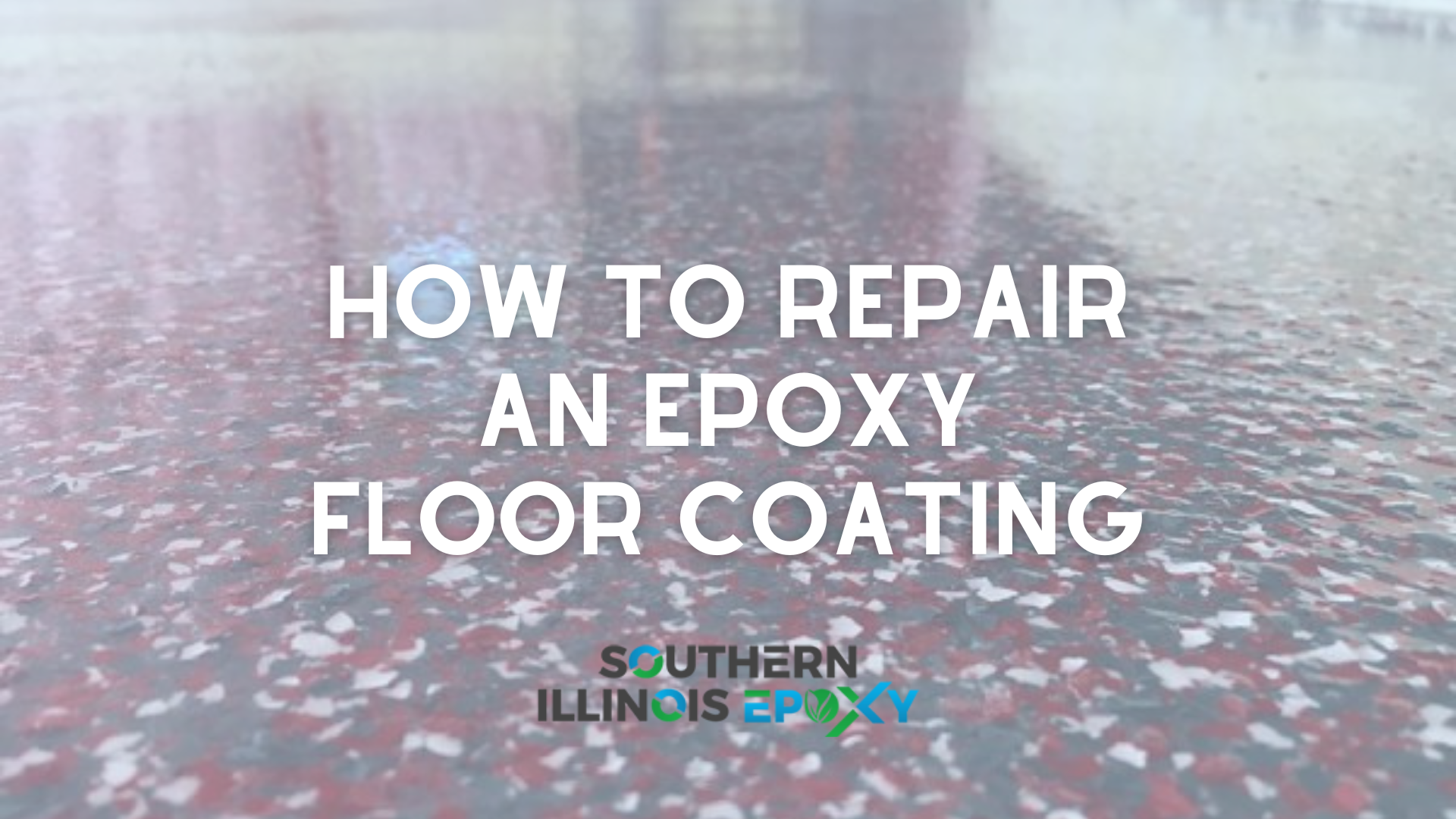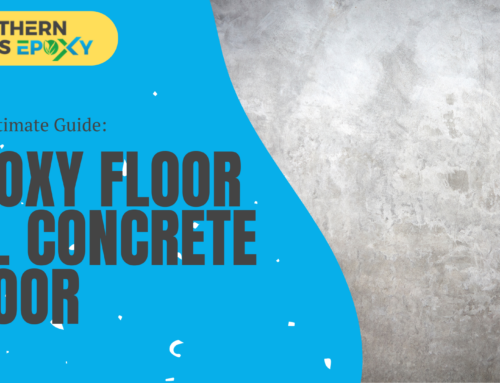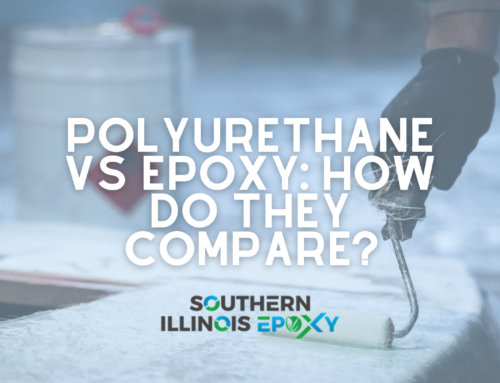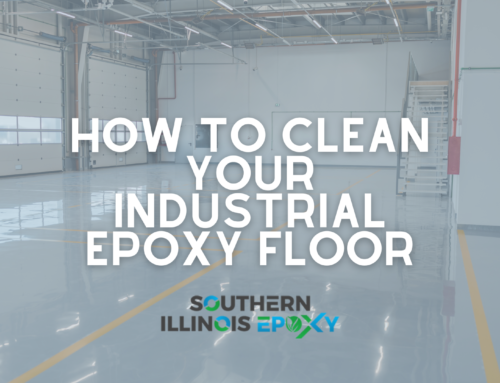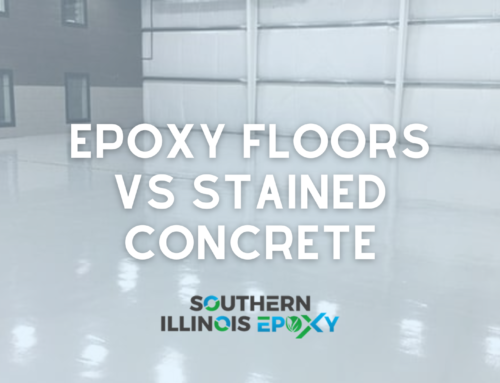Decking out your concrete floor with an epoxy floor coating is an excellent way to keep it looking glamorous and durable. Even though epoxy coatings are the most durable floor solutions you’ll meet out there, they don’t last forever if they aren’t installed properly or the contractor that did the installation is using the wrong materials. Because of age, poor installation, and poor maintenance or poor prep, they can peel off and get discolored over time. If you’re having peeling, bubbling or outgasing issues with your epoxy floor, we have a process for removal and recoating that will make your floor as good as new.
Please note, this is not a process you should attempt to DIY. Removing epoxy takes an industrial grinder and appropriate concrete prep even after the existing coating is removed. Epoxy is ideal for both residential and commercial buildings. Whether it’s a garage, driveway, patio, pool deck, warehouse, etc, epoxy is a perfect flooring option. For quality results, consider hiring a professional to handle your epoxy floor coating project.
Why It Is Crucial To Repair Epoxy Floor Coating
The porous nature of concrete calls for immediate repair once the surface starts showing signs of peeling off. Failure to repair your epoxy floor coating may result in extended damage, spalling, and water seepage. The entire floor begins to weaken, and you may end up incurring a hefty cost of doing an overlay or even installing a new floor.
3 Ways to Repair an Epoxy Floor
1. Fix the Peeling
You need to be a pro to do this.
We start with doing a thorough grind to the floor and doing a thorough prep. The truth is there isn’t an easy way to do it. If the floor is very large, after reviewing it, we can find ways to grind a seal certain sections, however, many times an issue on one part of the floor will mean that the rest of the floor is soon to experience the same problem.
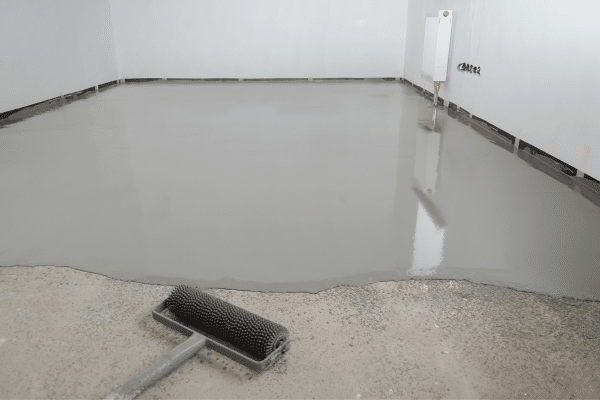
2. Solving Epoxy Blistering
Epoxy develops a blistered look when there are bubbles between the concrete surface and the epoxy layer. There are other causes of blistering, such as improper mixing of epoxy and rushed application. If a bond test is performed before the epoxy is applied, you’ll be able to spot this from a mile away.
A bond test is super simple.
We sand a small area and then apply a small piece of epoxy to the floor.
When we come back we take a hammer and chisel to the epoxy. If it takes up the concrete when it’s removed. Your floor is ready to go. If it slides across the floor like a hocky puck when we hit it, it means there is some sort of moisture or oil in the floor that is breaking the bond between the concrete and the epoxy.
3. Fixing Discoloration Issues
Prolonged exposure of epoxy to UV rays causes discoloration. This is why we use a polyaspartic system if the floor is going to be exposed to the outside.
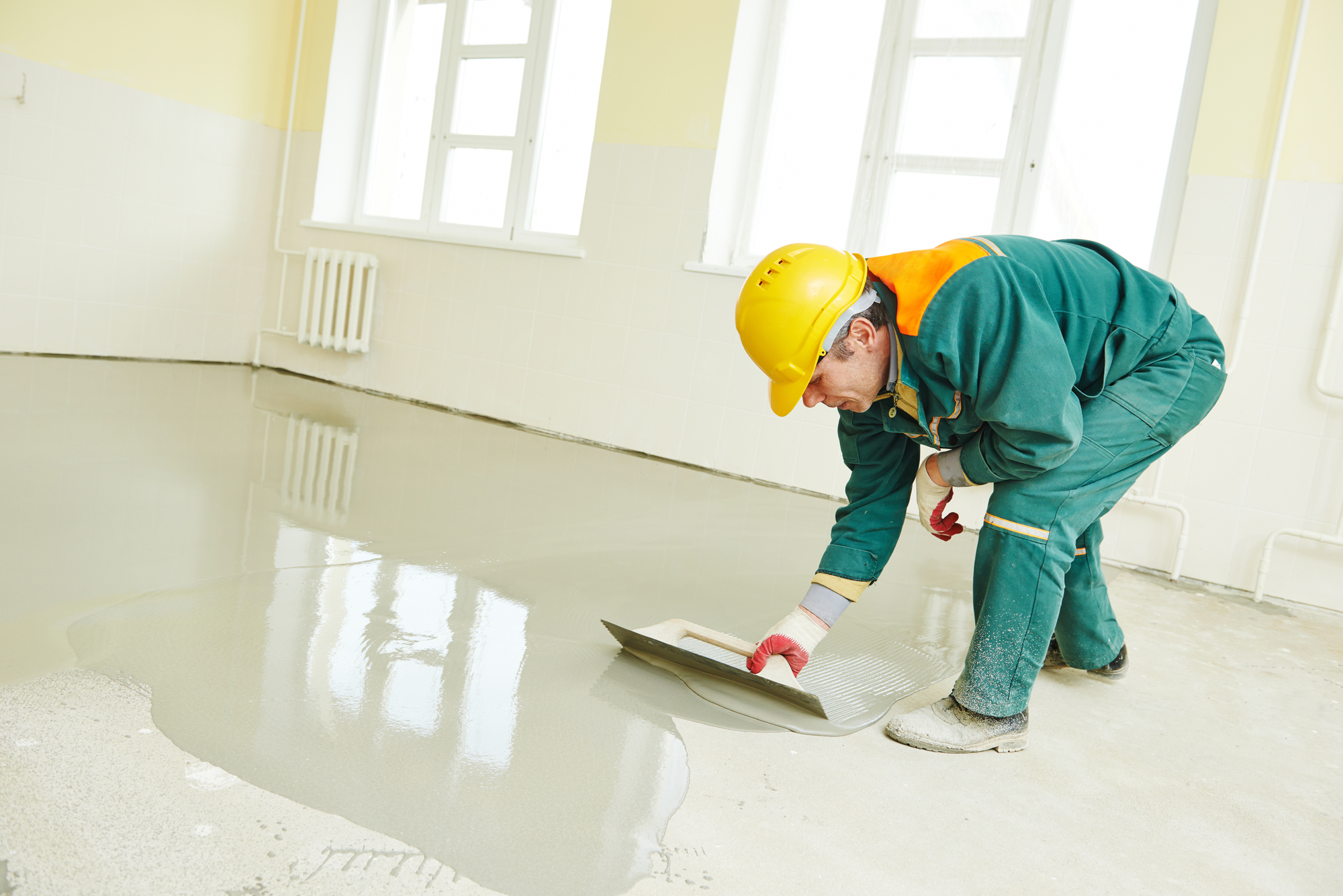
The Most Common Epoxy Flooring Problems
Some of the reasons epoxy problems arise include poor installation, aging, bad mixing, and poor maintenance. Here is a recap of the most common epoxy flooring problems homeowners do experience:
- Epoxy peeling
- Bubbling
- Discoloration
The good thing is that to every problem you may face pertaining to epoxy flooring systems, there is a solution.
Your Residential and Commercial Flooring Repair and Installation Expert
Do you have any epoxy flooring challenges? You need not suffer in silence any more when Southern Illinois Epoxy is here to help. Your epoxy flooring system can remain functional, durable, and good-looking for generations to come. And that’s what we want for you as our client. We can advise you, repair the damage, or even install a new system. Call us today, and let’s discuss your flooring needs!


